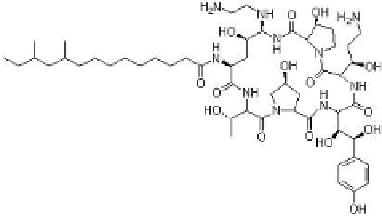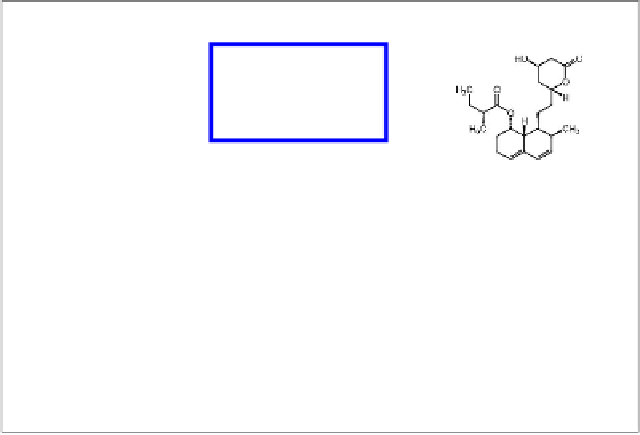Biomedical Engineering Reference
In-Depth Information
Therefore, new screening approaches are pursued, based on the mining
of fungal genome sequences for secondary metabolite gene clusters.
These, mostly silent, gene clusters are “awakened” by various approaches
(Brakhage et al. 2011, Giles et al. 2011) and heterologous expression systems
are used to decipher the products (Sakai et al. 2008, Hansen et al. 2011).
Large genome projects like the Fungal Genome Initiative of the Joint
Genome Institute (JGI,
http://genome.jgi-psf.org/programs/fungi/index.
jsf) and the Sargasso Sea exploration of Graig Venter (JCVI,
https://moore.
jcvi.org/sargasso/
)
led to an enormous set of new genes. Particularly, the
relatively unexplored marine environment has a lot of potential (Rateb
and Ebel 2011) and will lead to new fungal derived pharmaceuticals in the
future. Currently, the four largest selling classes pharmaceuticals derived
from fungal natural products are: β-lactams, statins, mycophenolate and
fungins (Fig. 6).
Penicillins and Cephalosporins
The β-lactam antibiotics are the largest class of pharmaceutical products
on the market. The penicillins are the oldest class of antibiotics, discovered
by Sir Alexander Fleming in 1928. Penicillins have a common chemical
structure which they share with the cephalosporins being produced by
Figure 6.
Structures of various pharmaceuticals derived from fungal natural products.
A. Penicillin G from
Penicillium chrysogenum
; B. Compactin from
Penicillium compactum
;
C. Pneumocandin B0 from
Glarea lozoyensis
; D. Mycophenolate from
Penicillium
brevicompactum.












